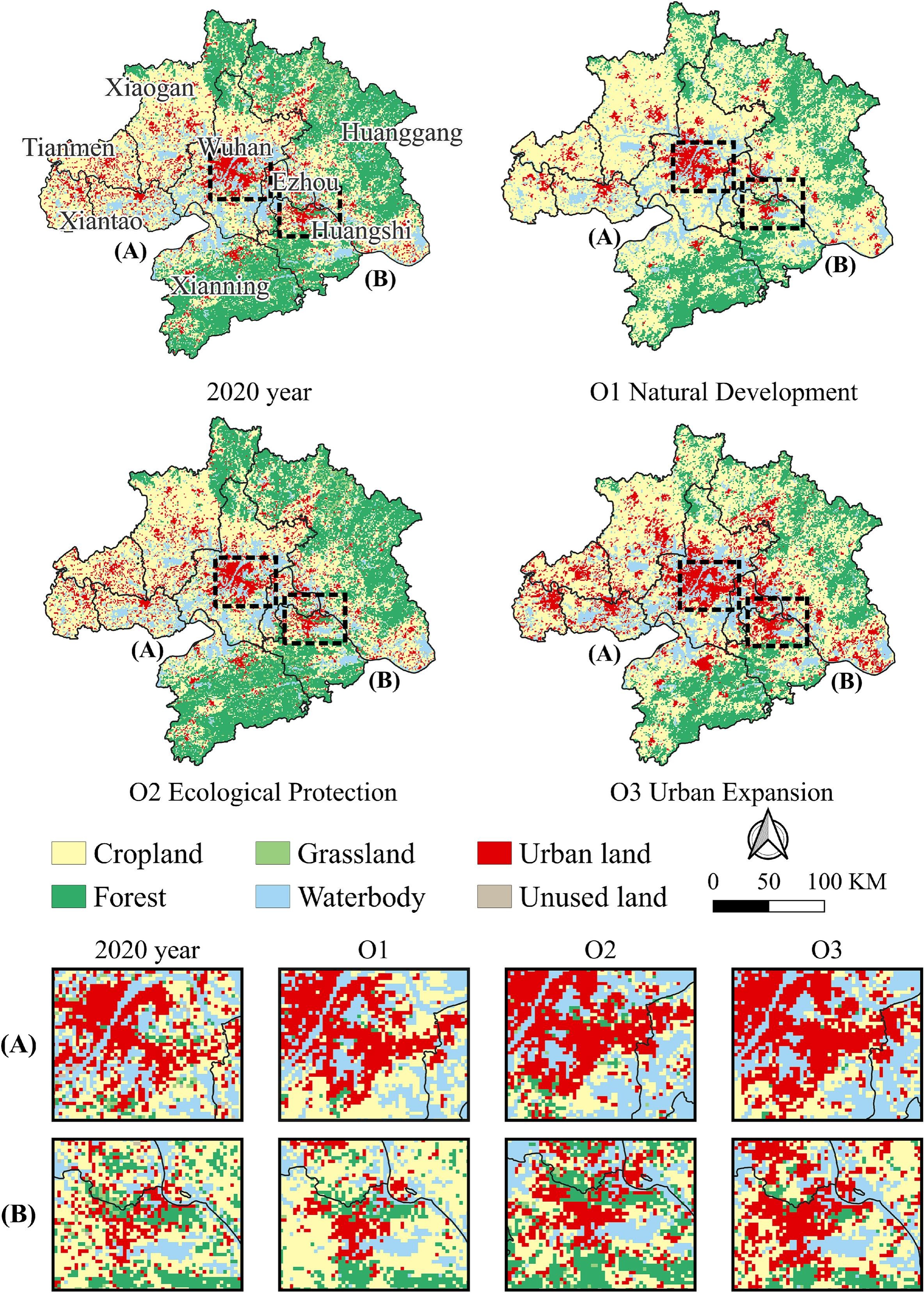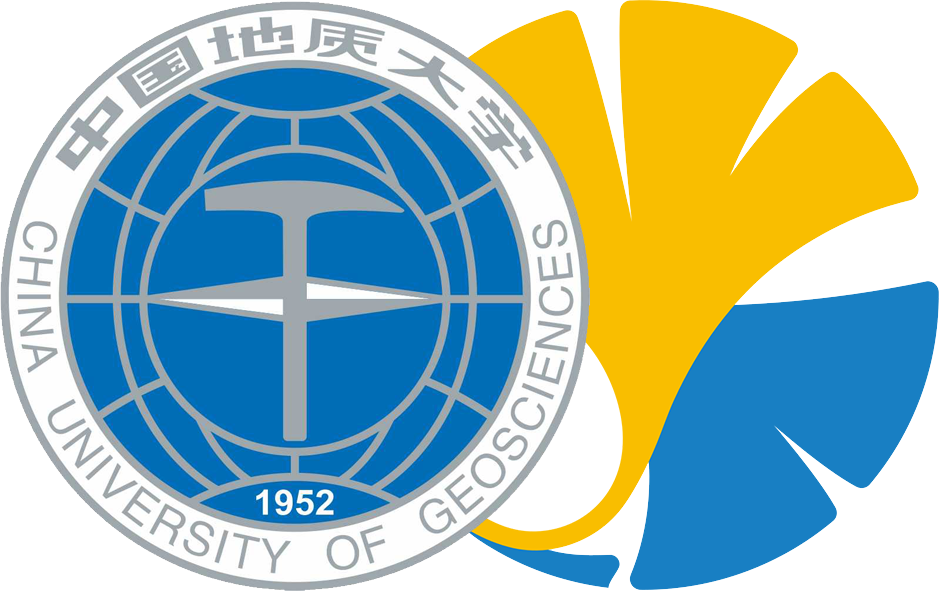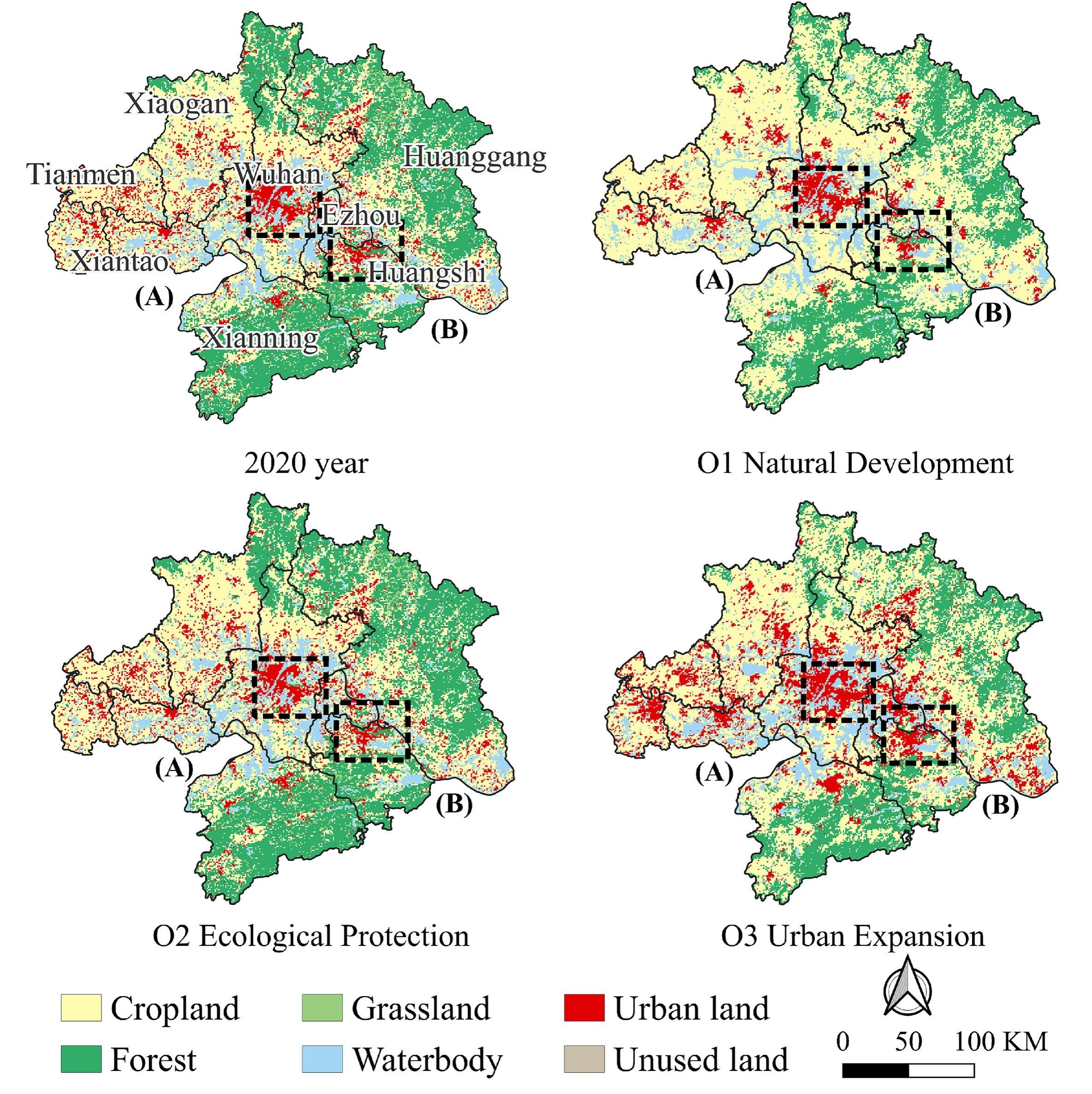Title: CoCA: Spatial cooperative simulation and future prediction of “land-population-economy” in urban agglomerations

Abstract
Urban agglomerations, as complex systems, exhibit co-evolutionary and cooperative effects in land use, population, and economic development. Precisely simulating the dynamic changes of these development factors at the urban agglomeration scale is crucial for formulating effective urban development policies. This study proposes a spatial cooperative simulation and future prediction framework: CoCA, using the Wuhan metropolitan area as a case study. The CoCA framework integrates a patch-generating land use model and a density model based on an S-curve algorithm, employing a dynamic update strategy for driving factors to achieve multi-factor spatial cooperative simulation of land, population, and economy. Compared to traditional single-factor simulations, the CoCA model shows a significant improvement in simulation accuracy. Measuring land use accuracy with Figure-of-Merit (FoM) reached 0.239, enhancing the accuracy by 35%. Meanwhile, the accuracy of population and economic density simulations, assessed using Mean Absolute Percentage Error (MAPE), improved by 38%, with values of 20.19% and 29.59%, respectively. By forecasting future land use patterns in the Wuhan metropolitan area for 2030 under various policy scenarios, this framework further explores the interaction mechanisms among land use change, population growth, and economic development. The CoCA model shows the ability to simulate future urban patterns under different scenarios by considering multiple factors, thereby providing effective supports support to policy makers in promoting balanced plans for sustainable urban growth.
Keywords
Cellular Automata;
Land-population-economy systems;
Land use future prediction;
Urban agglomerations
Highlights
- Achieving significant improvements in simulation accuracy for land use and population-economic density.
- CoCA more effectively represents the cooperative effects and spatial patterns underlying multiple urban factors.
- Population-economic forecasts enhance land planning, achieving both ecological protection and economic growth.
- Open-source CoCA software enhances decision-making for urban planners.
Full Text Download
Software Download
Q.E.D.










